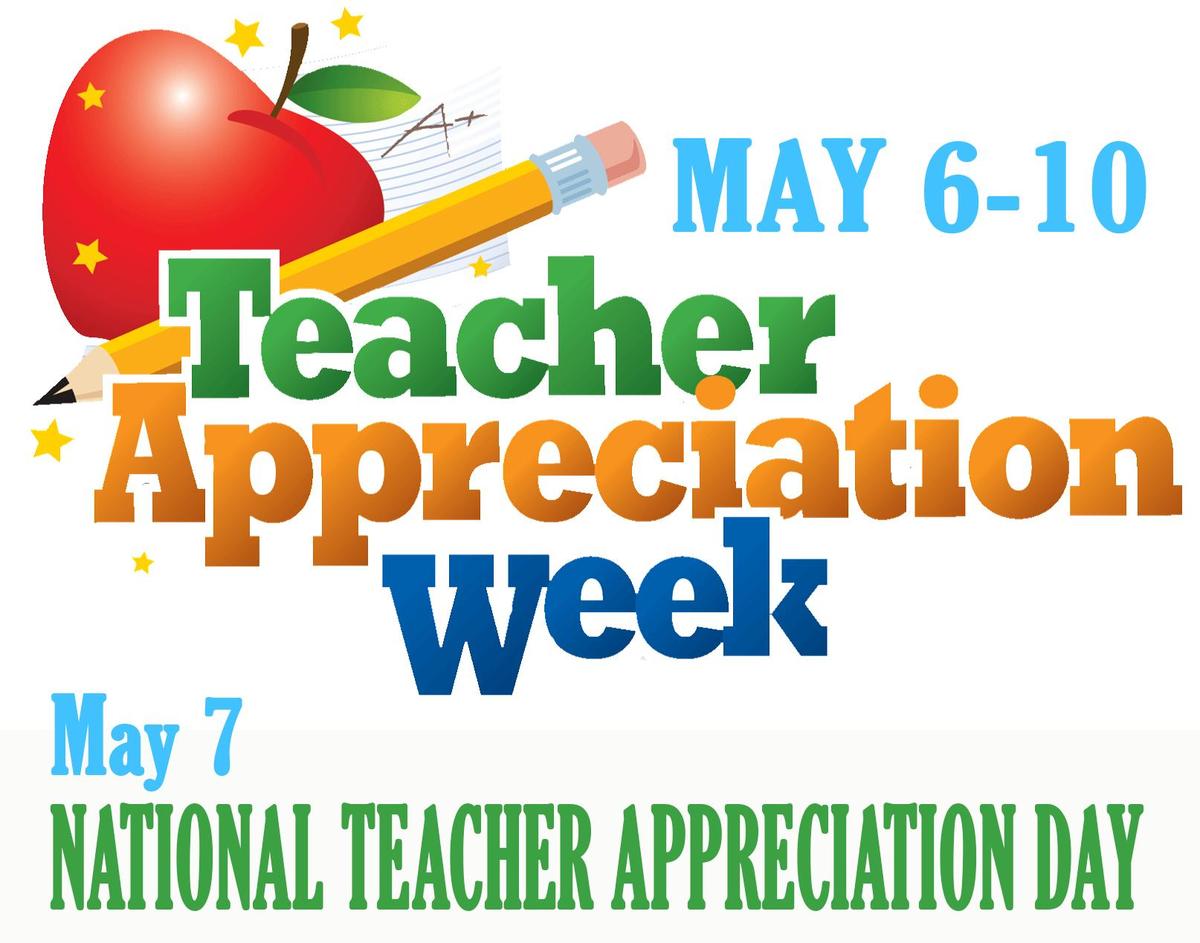In honor of Teacher Appreciation Day and Teacher Appreciation Week, we publish this opinion piece by a Prince George’s County teacher.
By Yvonne N. Baicich
Teachers have to compete a lot for our students’ attention. And it’s not only competing against my colleagues who teach history, chemistry, or English lit, but I’m competing against better-than-CGI video games, the hottest meme trending on Instagram, or something more serious that’s happening at home.
That’s why my #1 job is, how do I inspire students every day?
As teachers, we are hired, foremost, to teach—it’s in the job title. But our job starts well before we welcome students into the classroom, and ends long after the dismissal bell rings at the close of the school day.
Educators not only have to make integers sound exciting and convince students the Pythagorean theorem is a fundamental principle to building skyscrapers and designing self-driving cars. To be a teacher these days, we are also social workers, counselors, life coaches, and frontline health responders to Prince George’s County Public School (PGCPS) kids, every day, in our classrooms and in the halls of our schools. Those roles aren’t in our job description, but we do it because that’s what it takes to connect with children and meet them where they’re at.
A shortage of teachers
It sounds like a lot, and it is. It takes special people who are up for the challenge to not only be an expert in one’s subject field but also be responsible to help a large swath of children become “good, productive adults.”
But we’re facing a shortage of teachers and school employees in our schools. This means classes are going untaught or under-resourced in subjects critical to prepare students for the increasingly complex world in which they will live and work.
Students in Prince George’s County schools are effectively rationed to courses like computer science, mathematics, chemistry, science, physical science, physics; English for speakers of other languages; and most areas of special education, according to a report from the State Board of Education.
That’s not to mention difficulties attracting other education professionals and school employees—those who work alongside teachers like us and make up the whole fabric of the school community. While other factors are important to career decisions of educators, such as professional autonomy—say, more teaching, less testing—and a healthy learning environment, below market compensation levels, are holding back educational achievement in PGCPS and across Maryland.
That’s why educators are joining together with parents, and community leaders, to reclaim our schools so we can deliver the world-class education that Prince George’s County families deserve.
We see too many inspiring educators, faced with personal financial and family pressures, forced to give up their dreams to seek higher paying jobs. Fewer yet of those inspired by teachers to learning and achievement will return to education as careers—particularly if student debts for college and further education needed for professional growth continue to mushroom at the current pace.
The pay gap
The reason is no secret: its simple math. The Economic Policy Institute found Maryland teachers earn 14% less, on average, than similarly skilled workers in other jobs in Maryland’s state economy.
In studying Maryland’s education system alongside global best practices, Maryland’s Commission on Innovation and Excellence in Education, also known as the Kirwan Commission, found that fair compensation for teachers—comparable to that of similar professionals in other occupations—is a key building-block of high-performing education systems around the world.
Fair compensation allows us to attract and retain the best teachers to serve Prince George’s County kids today. It also creates incentives for the next generation of Maryland teachers to build a career in education, choosing for themselves to become part of the virtuous cycle that inspires the next generation to make a difference.
Paying teachers more won’t solve all our education challenges and PGCPS has limited resources to work with—the state will also need to play a role in a cost-sharing to fund the Kirwan Commission’s reform plan, which is why state legislators passed the Maryland Blueprint for Education for a record state investment in education.
Begging every year
Paying teachers and educators fairly now will mean not just better educational outcomes for students today, but a lifetime of higher incomes that will help grow the community and economy in Prince George’s County. That’s why teachers are working in such a broad coalition of the community to raise compensation for educators so that our schools can be filled with the best people to work with and inspire achievement by PGCPS kids throughout their young and flourishing lives.
The Prince George’s County Council and school board now have a chance to work with educators to ensure we recruit and keep the best teachers and school employees to keep our children ahead.
I think very highly of what educators do. And, to listen to political leaders, they also are constantly praising our profession and our importance.
So, why is it that every year we have to come begging to be paid what we deserve and what they say is our crucial role?
Yvonne N. Baicich is vice president of the Prince George’s County Education Association board.




Recent Comments